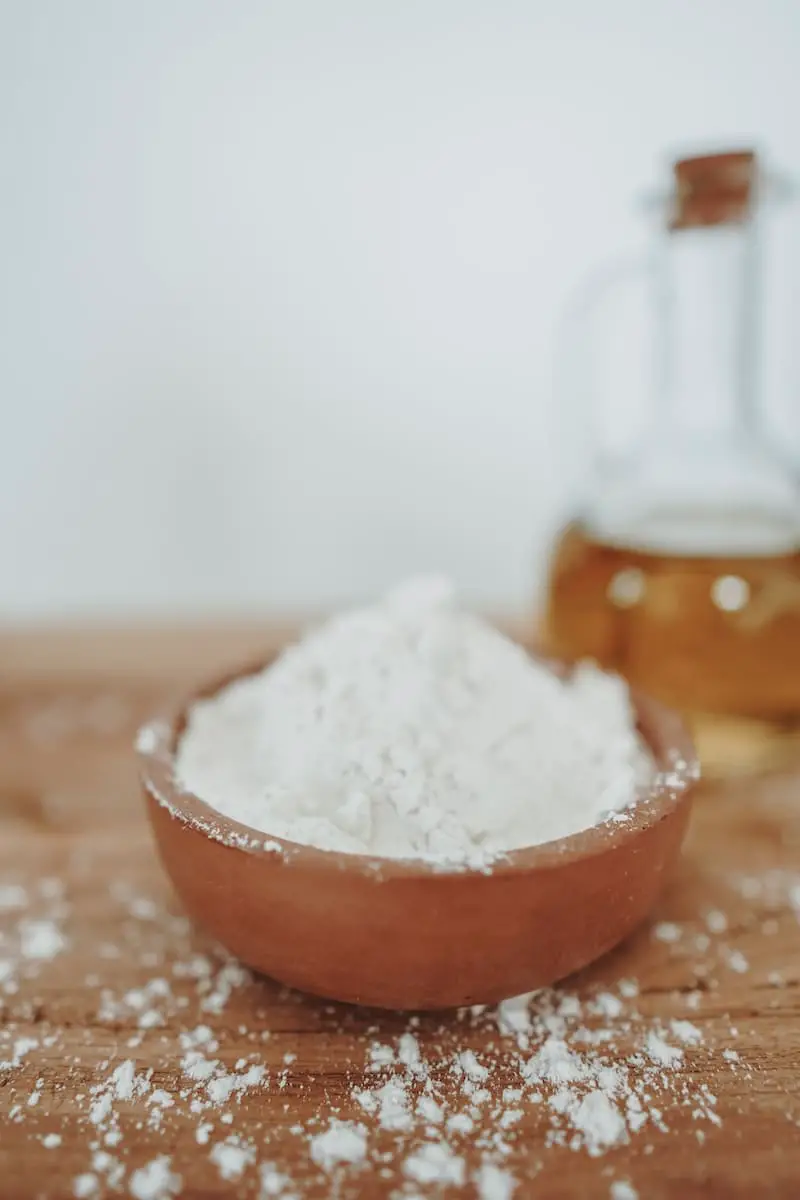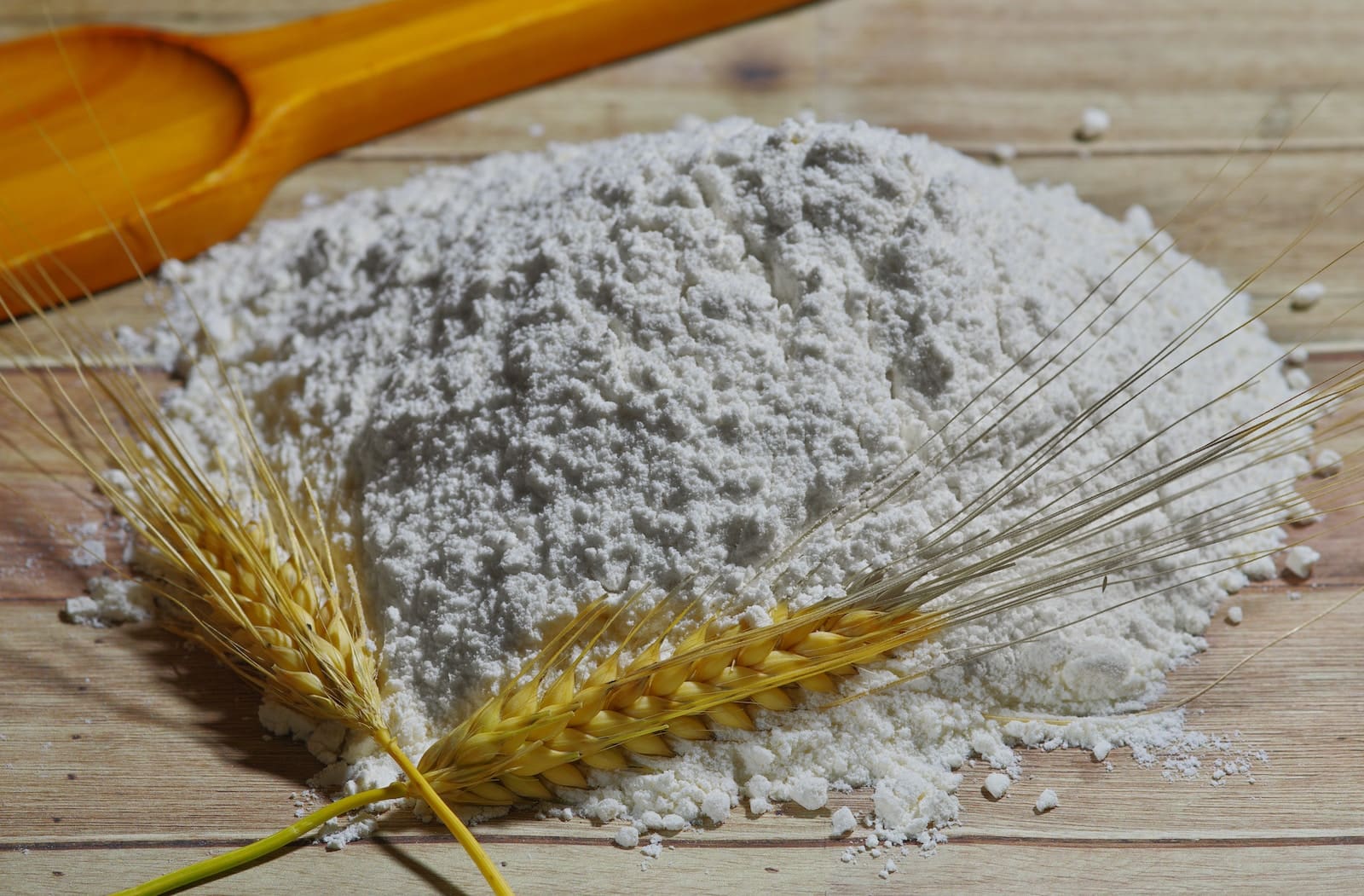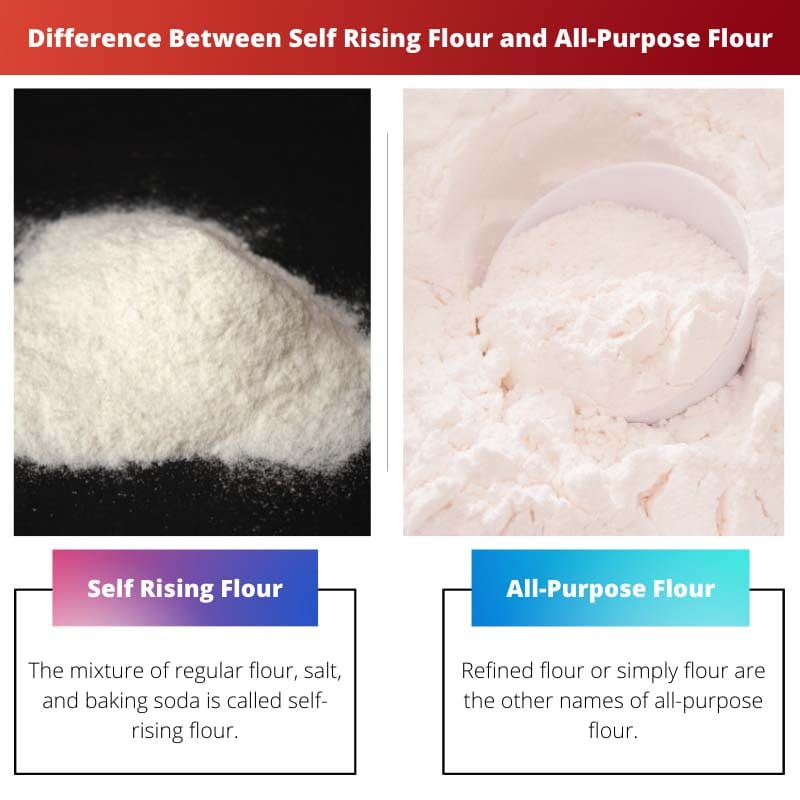It is difficult to choose the correct flour for your recipe when you don’t know the recipe. There are different types of flour are available in the market. Before you snag the bag, it is vital to know the types of essential flours available.
Key Takeaways
- Self-rising flour includes baking powder and salt, whereas all-purpose flour does not.
- All-purpose flour offers versatility in various recipes, while self-rising flour is ideal for baked goods requiring a leavening agent.
- Substituting one for the other requires adjusting the recipe to account for the added ingredients in self-rising flour.
Self Rising Flour vs All-Purpose Flour
Self-rising flour is a type of flour that does not need additional leavening agents. All-purpose flour is a more versatile flour that can be used in a variety of recipes. It has a medium protein content and does not have any leavening agents, so you need to add baking powder or baking soda to make baked goods rise.

In 1800 self-rising flour was invented in England. During those days, sailors needed to travel long, so they used baked foods to reduce their hungriness. Self-rising flour is used in baked food items. The mixture of regular flour, salt, and baking soda is called self-rising flour. You can make your self-rising flour in your home by mixing one cup of all-purpose flour, half a tablespoon of baking powder, and a quarter spoonful of salt. The baking powder will smooth the all-purpose flour so you get an evenly toned flour.
Refined flour or simply flour are the other names of all-purpose flour. All-purpose flour is nothing but wheat flour. All-purpose flour is highly used in Indian loaves of bread. It is mostly used in cakes, desserts, and pies. All-purpose flour is powdery and looks white. Chemicals like benzaldehyde peroxide and alloxan are added to the all-purpose flour during bleaching. From the starchy part of wheat, all-purpose flour is produced.
Comparison Table
| Parameters of comparison | Self-Rising Flour | All-Purpose Flour |
|---|---|---|
| Additional ingredients | Self-rising flour does not need additional ingredients | All-purpose flour need additional ingredients |
| Protein content | Self-rising flour has less protein content | All-purpose flour has more protein content |
| Taste | Self-rising flour has a salty taste | All-purpose flour has no taste |
| Fiber content | Self-rising flour has less fiber content | All-purpose flour has more fiber content |
| Leavening agent | Present in self-rising flour | Absent in all-purpose flour |
What is Self-rising Flour?
The mixture of regular flour, salt, and baking soda is called self-rising flour. You can make your self-rising flour in your home by mixing one cup of all-purpose flour, half a tablespoon of baking powder, and a quarter spoonful of salt. The baking powder will smooth the all-purpose flour, so you get evenly toned flour. Hundred years ago, self-rising flour had a popular range of users for its better-baked outputs. Many old recipes are baked with self-rising flours.
In 1800 self-rising flour was invented in England. During those days, sailors needed to travel long, so they used baked foods to reduce their hungriness. Self-rising flour is used in baked food items. English bakers sold a ton of baked products to British ships. The smart utilization of elf rising will give amazing recipes. Innovations in baking are started from self-rising flour.
When you work with batter or dough, rising is an important task. The correct, consistent batter will give a good recipe by leaving various chemical agents like baking soda in the dough to get fully baked loaves of bread. Little bubbles created in the dough are left behind while baking. The entire process of making the dough is called leavening. The acidic ingredients called baking soda are the major mixture in self-rising flour.

What is All-Purpose Flour?
Refined flour or simply flour are the other names of all-purpose flour. All-purpose flour is nothing but wheat flour. All-purpose flour is highly used in Indian loaves of bread. It is mostly used in cakes, desserts, and pies. All-purpose flour is powdery and looks white. Chemicals like benzaldehyde peroxide and alloxan are added to the all-purpose flour during bleaching. From the starchy part of wheat, all-purpose flour is produced. In India, all-purpose flour is used to stick posters by making it a sticky substance.
Many people prefer whole wheat flour instead of all-purpose flour. Some stores sell a yellowish range of flour as all-purpose flour. Be aware of those sellers. The all-purpose flour has only one color, and that is white. The flour needs to breathe, so it must be stored in cool, dark, and dry places. Moisture and damp places will lead to the growth of insects. All-purpose flour contains a high level of fibre.
It is mostly used in bread, cookies, cakes, and pastries. All-purpose flour is used to produce noodles, pasta and spaghetti. In Indian recipes like naan and bread, the all-purpose has its main usage. For thickening sauces and making a crusty coating, it is used. In Indian mithais also has special usage. All-purpose flour contains vitamins and minerals. It is responsible for creating the brown outer layer of the bread.

Main Differences Between Self-Rising Flour and All-Purpose Flour
- Self-rising flour does not need additional ingredients, but all-purpose flour needs additional ingredients.
- Self-rising flour has less protein content, but all-purpose flour has more protein content.
- Self-rising flour has a salty taste, and All-purpose flour has no taste.
- Self-rising flour has less fibre content, and all-purpose flour has more fibre content.
- A leavening agent is present in self-rising flour and absent in all-purpose flour.


I didn’t realize that self-rising flour already contained baking powder and salt, definitely will keep that in mind when baking.
Thank you for explaining the differences between self-rising flour and all-purpose flour, I always thought they were the same.
Great article, I appreciate the detailed comparison and information about homemade self-rising flour.
It is intriguing to see how self-rising flour originated and its significance in baking history.
This is a helpful breakdown of information about self-rising and all-purpose flour, thank you.
Thank you for all the informative content about the differences between self-rising and all-purpose flour. The history of each was particularly interesting.
I appreciate the explanation of the main differences between self-rising and all-purpose flour, very informative.
This is fascinating information, I had no idea self-rising flour was used for those specific types of recipes.